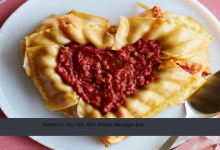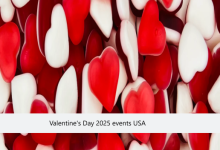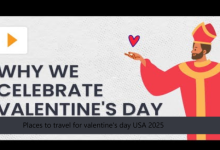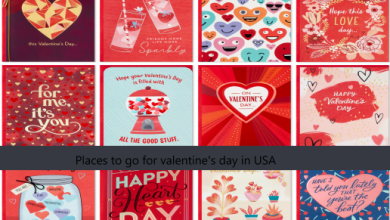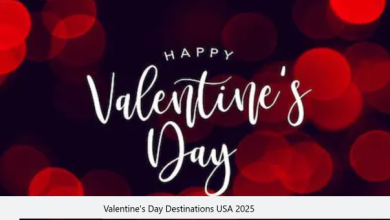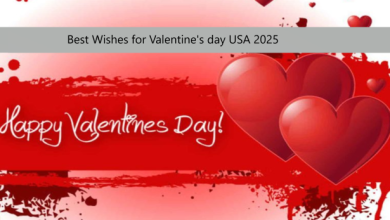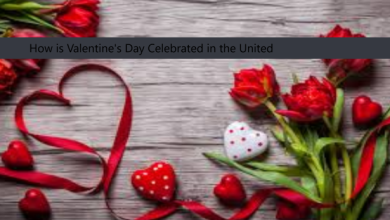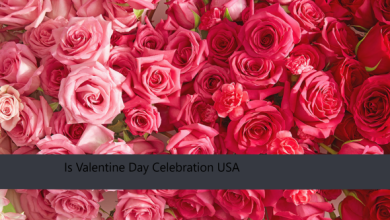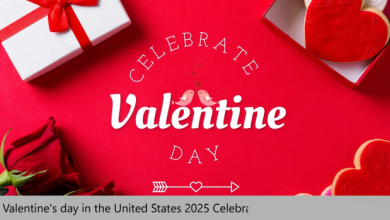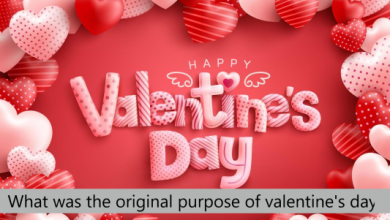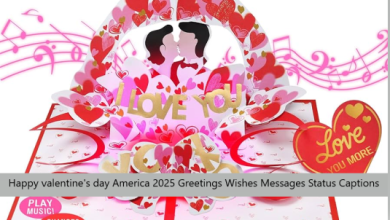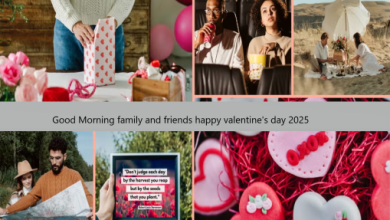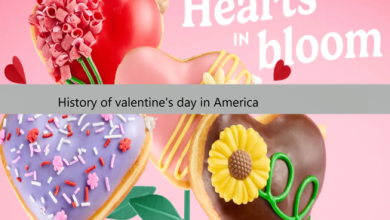When did valentine’s day began in the United States
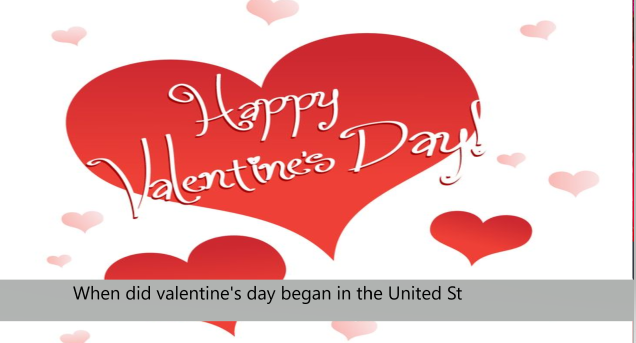
Valentine’s Day, a celebration of love and affection, is now synonymous with exchanging cards, flowers, chocolates, and heartfelt gestures. But have you ever paused to wonder, when did Valentine’s Day start in the United States? This annual tradition has deep historical roots that stretch back centuries, evolving and adapting in unique ways across the world before finding its place in American culture.
This blog post will explore the origins of Valentine’s Day, how it was introduced to the United States, and how it grew to become the beloved holiday we celebrate today.
The Origins of Valentine’s Day
A Celebration Rooted in Roman History
Valentine’s Day dates back to ancient Rome, where a festival known as Lupercalia was celebrated every February 13–15. This pagan festival involved rituals to cleanse the community and ensure fertility in the year ahead. Although the festival itself wasn’t connected to romance in any modern sense, it represented a season tied to renewal and vitality.
Fast forward to the 5th century, Pope Gelasius I officially replaced Lupercalia with St. Valentine’s Day. February 14th was chosen to honor St. Valentine, a Christian martyr whose story remains shrouded in mystery. Some legends suggest that Valentine was a priest who secretly married couples during a Roman embargo on marriage, while others tell of his acts of kindness and love during his imprisonment.
Valentine’s Day in Europe
By the Middle Ages, Valentine’s Day began to take on the form of romantic celebration in England and France. Geoffrey Chaucer is credited with cementing this shift. His 14th-century poem “Parliament of Foules” linked St. Valentine’s Day to the idea of courtly love, a popular concept among European nobility.
During the 18th century, the holiday became more widespread in Europe, marked by the exchange of handwritten notes and tokens of admiration.
The Arrival of Valentine’s Day in the United States
Early Mentions in the New World
Valentine’s Day didn’t make an immediate jump across the Atlantic to the American colonies. Celebrations tied to Catholic saints were not a widespread practice in the predominantly Protestant early colonies. However, by the late 18th century and early 19th century, cultural shifts and increased immigration introduced Americans to the idea of Valentine’s Day.
British immigrants were particularly influential in popularizing Valentine’s Day traditions in the United States. The sentimental and romantic customs they brought were gradually embraced by American society.
Esther Howland and the Commercialization of Valentine’s Day
The true turning point for Valentine’s Day in the United States came in the mid-19th century, when Esther Howland, often referred to as the “Mother of the American Valentine,” revolutionized how the holiday was celebrated.
Esther Howland, inspired by the elaborate Valentine cards that were popular in England, began making and selling valentines in her hometown of Worcester, Massachusetts, starting in 1847. Her creations, adorned with lace, ribbons, and colorful imagery, became an instant hit, and she quickly grew her business. Her success helped set the stage for Valentine’s Day as a major commercial holiday in the United States.
From Handmade Notes to Mass Production
The invention of commercial printing methods and later developments in the postal system further fueled the popularity of Valentine’s Day. By the late 19th century, the tradition of exchanging store-bought cards had become widespread in America. Factories began mass-producing Valentine’s Day cards, making them affordable and accessible to more people.
Valentine’s Day in 20th-Century America
Expanding Traditions in Modern Times
By the 20th century, Valentine’s Day was no longer limited to greeting cards. The rise of consumer culture in the United States meant that the holiday soon came to include other gifts such as flowers, chocolates, and romantic dinners.
One pivotal moment in the expansion of Valentine’s Day traditions came from the Cadbury Company, which popularized heart-shaped boxes of chocolates in the late 19th century. This idea gained prominence in the U.S. and paired perfectly with the holiday’s theme of love and admiration.
Media and Marketing Influence
Hollywood and advertising further shaped the cultural perception of Valentine’s Day in the United States. Romantic comedies and TV shows perpetuated grand gestures as the ideal way to celebrate the holiday, while businesses continued to expand Valentine’s product offerings. Jewelry, particularly diamonds, became a highly marketed and aspirational Valentine’s gift in the mid-20th century, thanks to campaigns like De Beers’ famous “A Diamond is Forever.”
Valentine’s Day in the United States Today
Today, Valentine’s Day in the United States is celebrated not only as a day for romantic partners but also as a way to show appreciation for friends, family, and even colleagues. The holiday has become inclusive and versatile, with some people hosting “Galentine’s Day” gatherings, while others use it as an opportunity for self-care and self-love.
Statistics on Valentine’s Day Spending
The holiday has grown into one of the most lucrative spending events in the U.S. economy. According to the National Retail Federation, Americans spent $23.9 billion on Valentine’s Day in 2022, with spending on sugary treats, flowers, and cards topping the list.
A Holiday for Connection
Beyond the commercial aspects, many continue to value Valentine’s Day as a time to connect emotionally and strengthen relationships. Whether it’s writing a heartfelt note, sharing a special memory, or expressing gratitude for loved ones, Valentine’s Day has remained relevant by adapting to the evolving ways Americans express affection.



